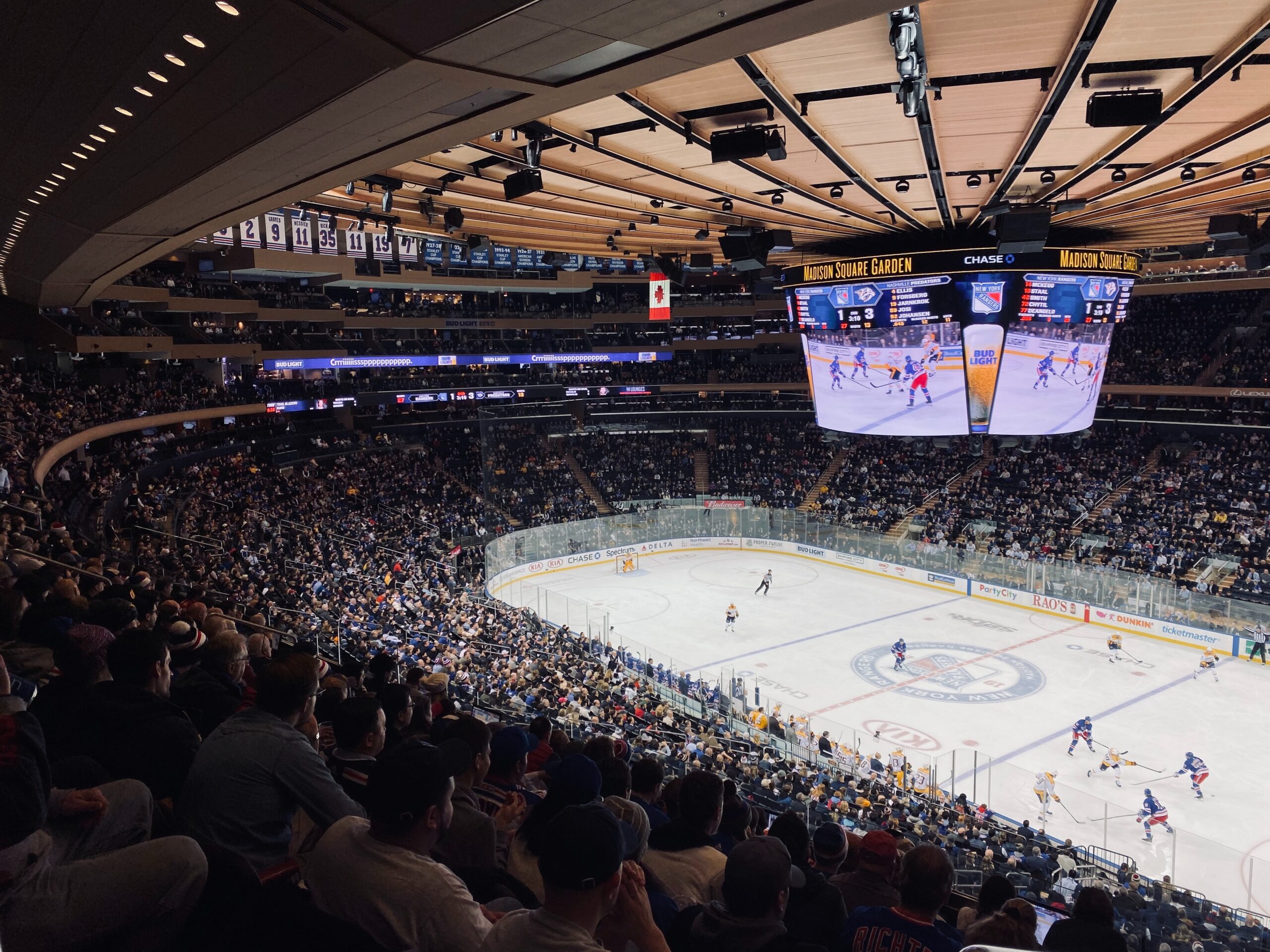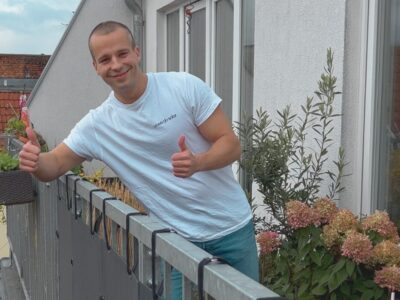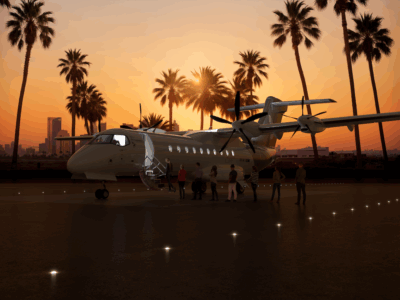As fans are gearing up for another exciting season of ice hockey, the National Hockey League (NHL) is gearing up its sustainability efforts when it comes to managing and maintaining its rinks. The NHL Green initiative has done substantial work to reduce the league’s carbon footprint and implement eco-friendly policies.
Since its launch in 2010, NHL Green has been committed to promoting sustainable business practices. The first action was at the 2010 Bridgestone NHL Winter Classic, beginning with the Food Recovery Initiative. The league collected all uneaten and prepared food from concessions from clubs across North America, donating them to organizations to help those in need. In the first four years of the initiative, the NHL diverted 100 tons of food from landfills and served up to 120,000 meals to local food banks in the teams’ respective cities.
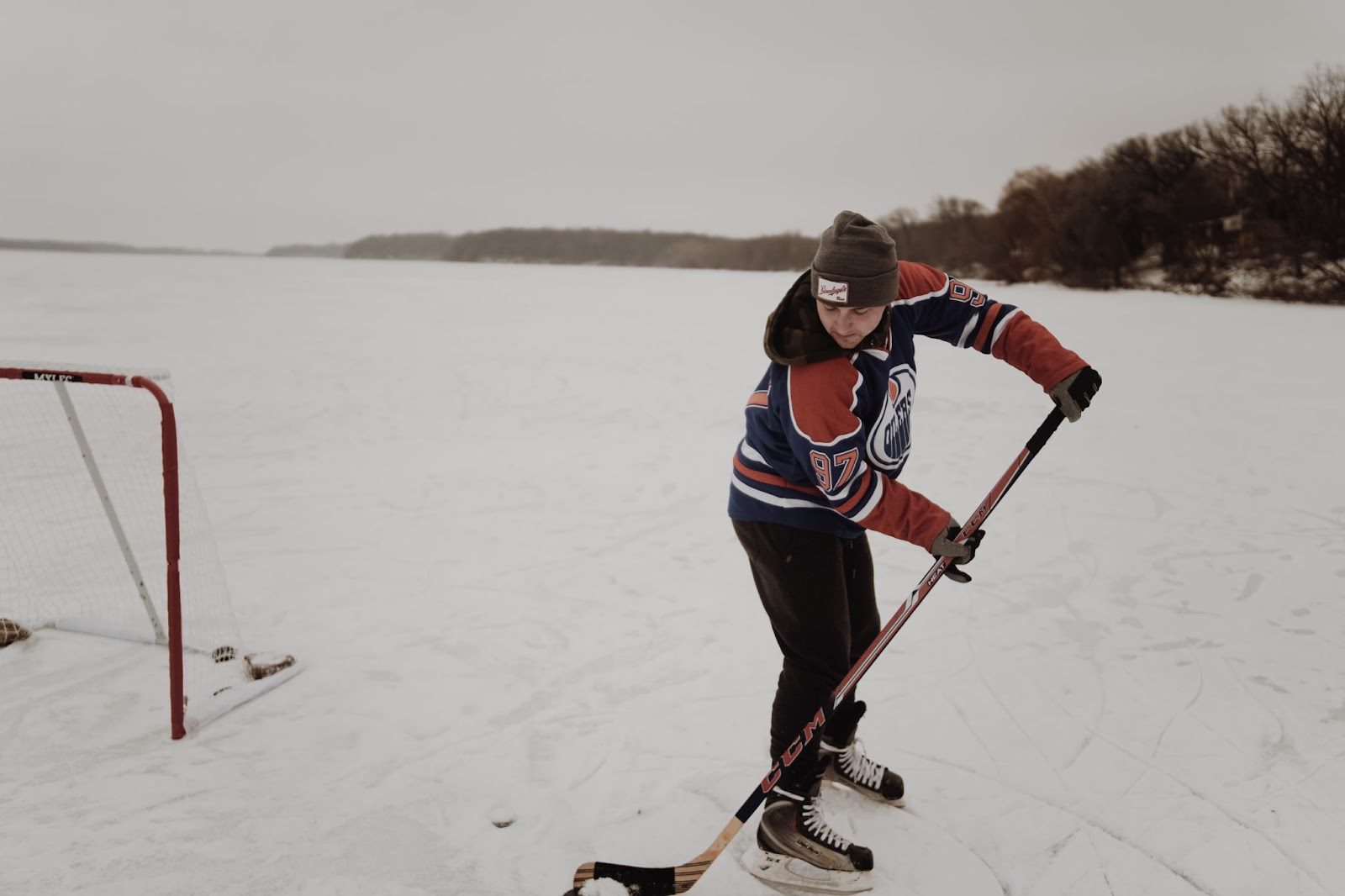
Heading into the 2020s, the league expanded its sustainability mission. For the 2021–22 season, all NHL clubs switched to sustainably-made fleeces and training gear from Adidas.
The ADIZERO Primegreen Jersey served as the official on-ice uniform for players. Consensus talked with Omar Mitchell, vice president of sustainable infrastructure and growth initiatives at NHL.
“Reaching sustainability goals is a long journey, but we’ve had such positive reception from players and fans alike,” Mitchell said. “The sport was born on frozen ponds, so we need cold weather to keep that narrative of hockey’s tradition.” Bigger initiatives would follow, especially for the 10th anniversary of NHL Green. To celebrate this milestone, the league committed to investing in water improvement in the two 2021 Stanley Cup Final cities, Tampa Bay and Montreal.
NHL teams also passionately took up the sustainability mission, making substantial changes to their facilities. The St. Louis Blues constructed a new $78 million practice building in 2019. The club plans to use recaptured heat for ice melt pits and the underslab of the rink. The rink seating will be made from reclaimed wood around Missouri and southern Illinois.
In St. Paul, MN, the Minnesota Wild repurposed a vacant department store for their $70 million TRIA Rink practice facility. The team installed self-tinting ceiling-to-ice glass to reduce the heat hitting the ice, allowing for less melting.
The biggest qualm for NHL Green’s commitment to sustainability is rink ice layering and management. Greener Rinks is the League’s ongoing campaign to build and maintain ice using the least amount of labor and energy.
Technology has assisted teams in creating more efficient rinks, with innovations like laser measurements to ensure the least amount of water and heat is used to make the ice. Quality paints are also used for better refrigeration and reflecting outside heat. The water for rinks now undergoes reverse osmosis to remove all impurities before freezing, and hot water is used because it holds less air and freezes stronger.
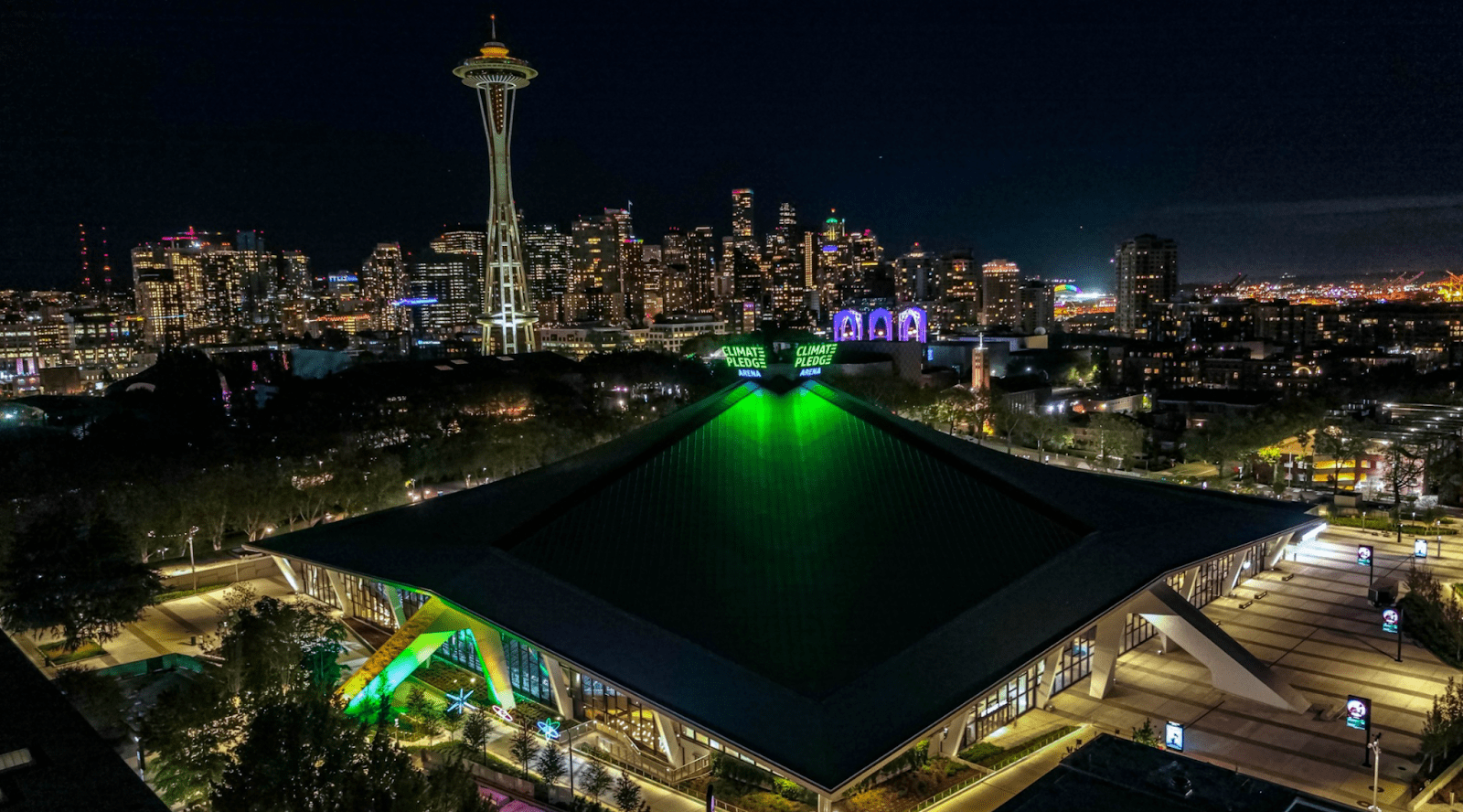
Carbon emission capture and data are the next big challenge for rinks because “it’s hard to impact what can’t normally be measured,” Mitchell said. However, substantial carbon data collection technology is changing that, and the NHL now has a clear picture of each rink’s carbon footprint.
While most major arenas have taken up this green rink-building process, all efforts culminated with Climate Pledge Arena, home of the newest NHL franchise, the Seattle Kraken. Climate Pledge Arena doesn’t use any fossil fuels in its day-to-day operations. Solar panels installed in the Alaska Airlines Atrium and 1st Avenue Garage and off-site supplementary panels power it for 100% renewable energy. A “Rain to Rink” water capture system uses the Seattle rainwater for rink ice. This arena is the greenest in the NHL network and could make a case for being the most sustainable in the country. NHL Green hails Climate Pledge as the cornerstone of the program’s mission.
VIDEO: NHL Green Roundtable with EPA Admin. Michael S. Regan
With a greater emphasis on carbon neutrality and a desire to keep the traditions of outdoor rinks, the NHL has tapped its current players, alumni, and the U.S. government. “More players are taking on social issues and want to represent their voice and the markets they play in,” Mitchell explained.
In a roundtable Zoom call with Michael S. Regan, Environmental Protection Agency administrator, former players Andrew Ference and Mike Richter, and current players Patrice Bergeron and Mario Ferraro discussed skating on frozen ponds and lakes. They also talked about how fans can lower their carbon emissions. Regan said the NHL’s increased green policies are coming at the perfect time, as flooding, wildfires, and drought are battering the lower 48 states.

